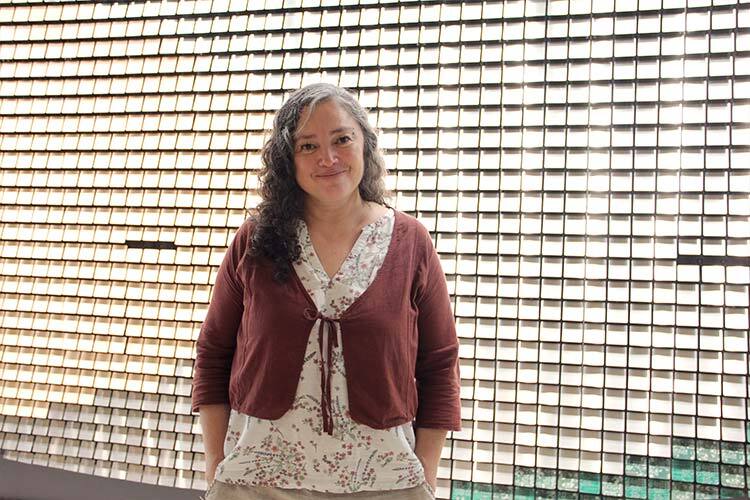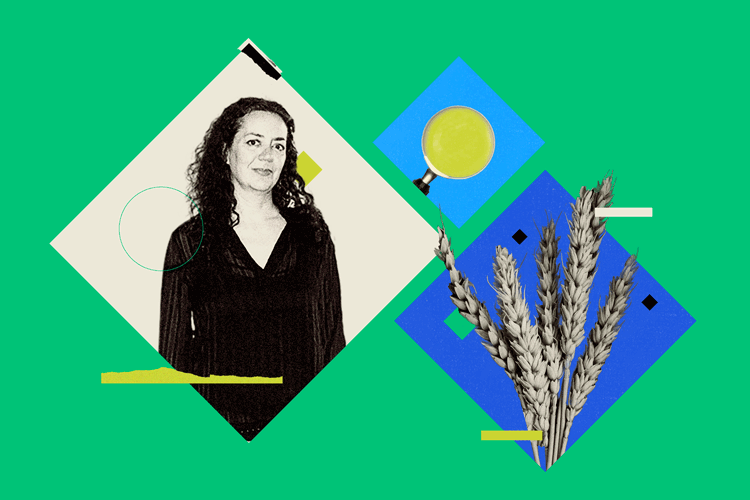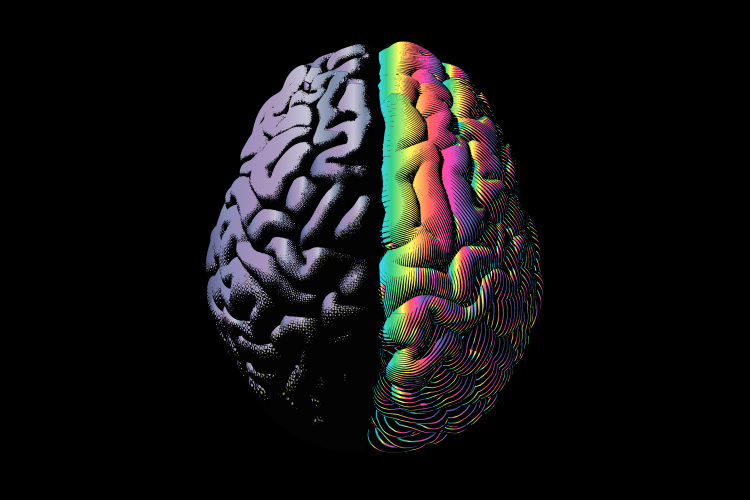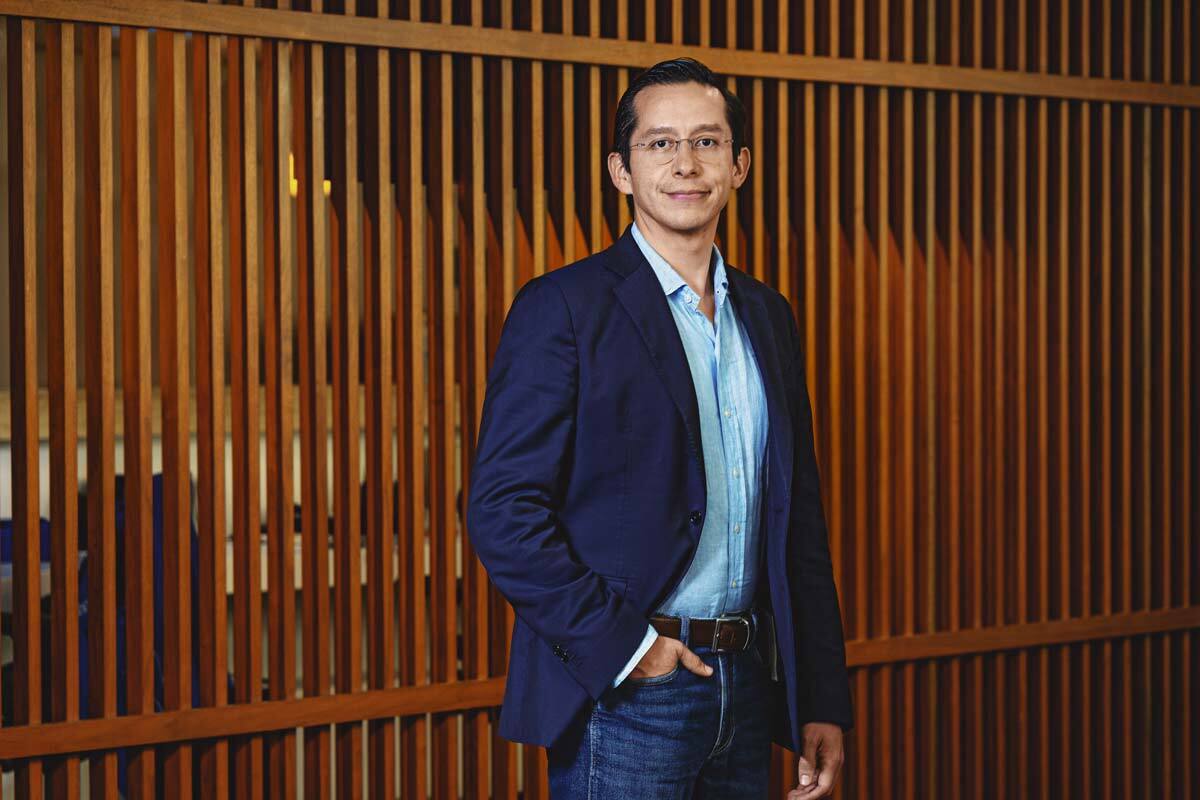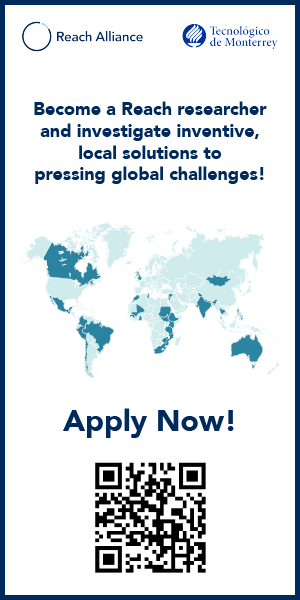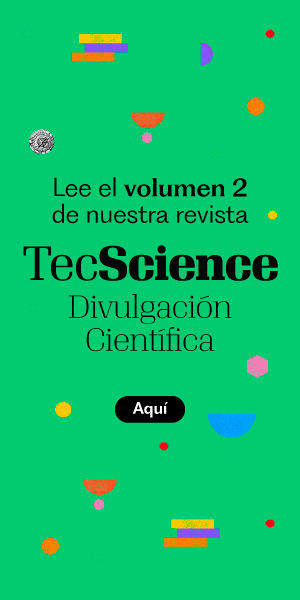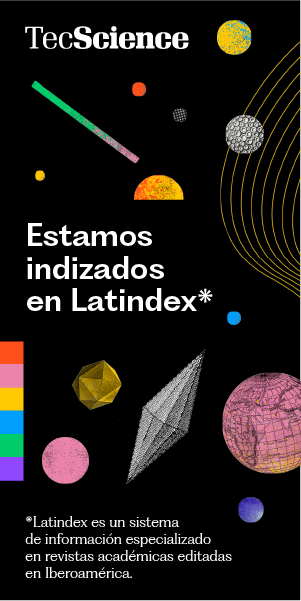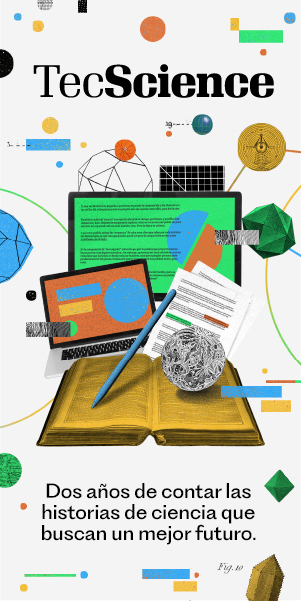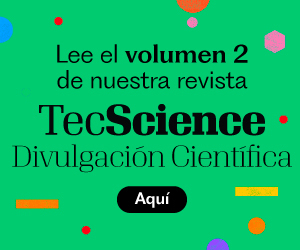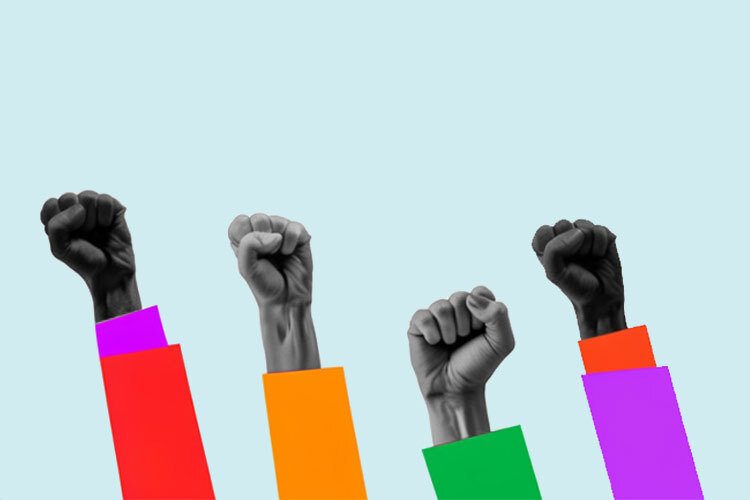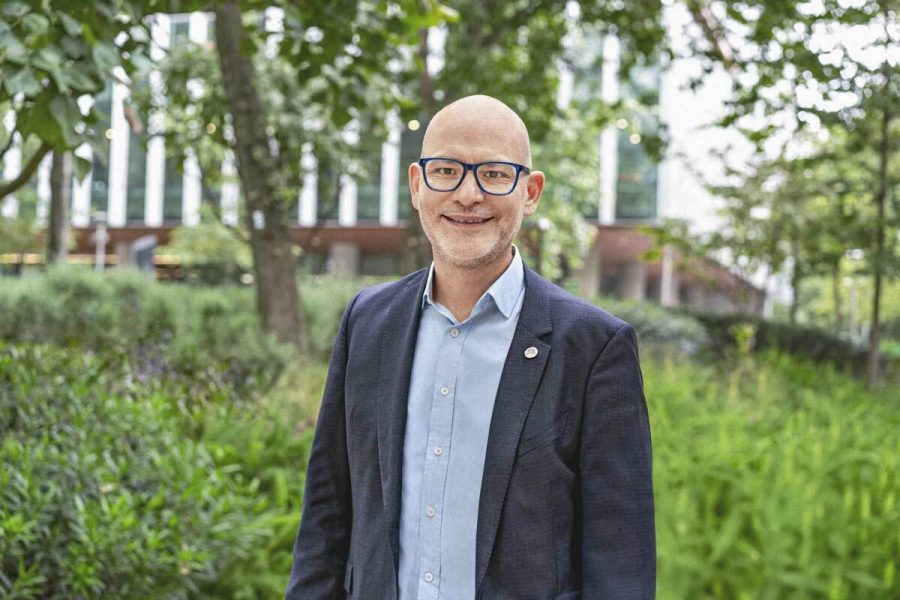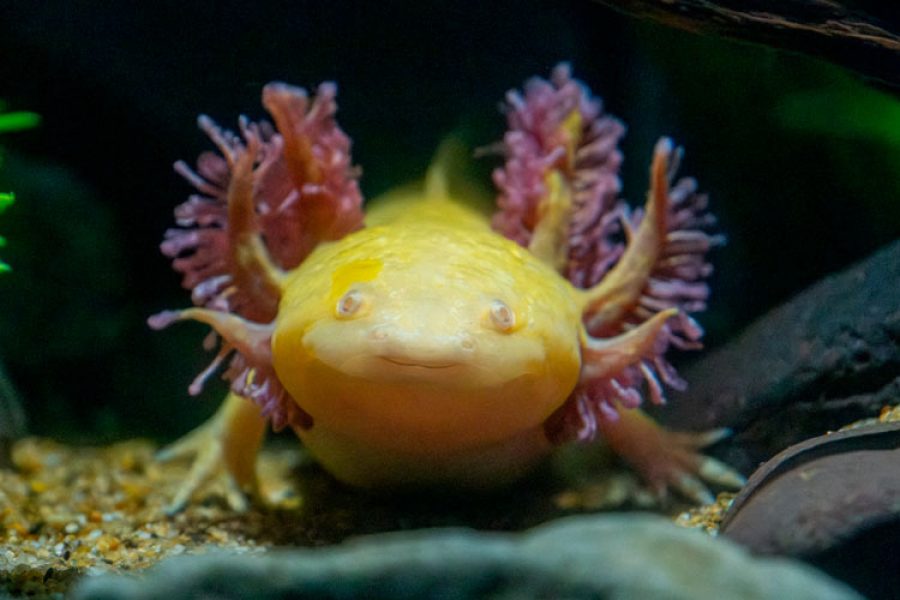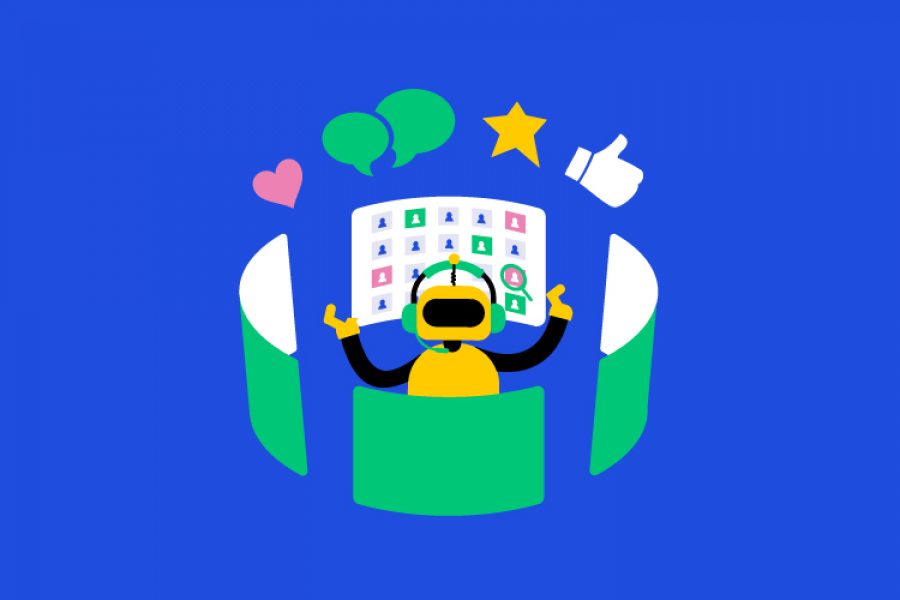When Patricia Murrieta was a child, her family took her to visit Chichén Itzá. After a long walk through the archaeological site, exhausted from so much walking, she yelled to her dad, “I don’t want to see any more old stones!”
Her father reminded her of that moment years later, when she graduated with a degree in Archaeology from the National School of Anthropology and History (ENAH).
She grew up surrounded by inspiration drawn from science, the arts, and archaeology. Her parents were mathematical physicists and professors at UNAM. Her grandmother was a painter. But it was her aunt María de los Ángeles—affectionately called Coca—who had the most profound impact on her. Coca worked as an archaeologist and became one of Patricia’s greatest influences.
“My Aunt Coca worked for many years in the Maya region as a ceramicist at the archaeological site of Palenque,” she recalls. “She was one of the main influences in my life because she really sparked my imagination with archaeology, thanks to all the stories she told me. She even gave me a wonderful illustrated book about the myths and tales of Mesoamerican archaeology.”
Patricia Murrieta is one of the pioneers in digital humanities, a field that blends computational technologies with research and scholarship in disciplines such as history, literature, philosophy, and the arts. In addition to earning her archaeology degree with honors at ENAH, she completed a master’s and a Ph.D. in Applied Computing for Archaeology at the University of Southampton in the United Kingdom.
Murrieta—who recently joined the School of Humanities and Education at Tec as a distinguished professor of Digital Humanities and Artificial Intelligence through the Faculty of Excellence initiative—has turned those early influences into a lifelong mission to unlock the archaeological value of those “old stones.”
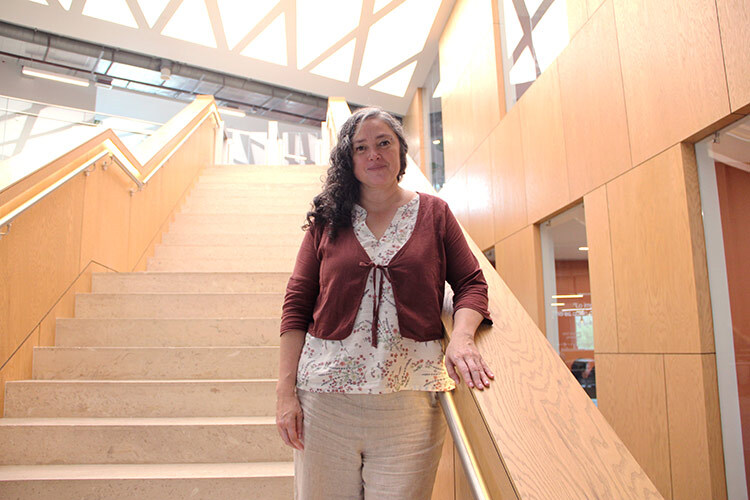
Teaching AI About History
As a researcher, Murrieta develops AI and machine learning models to analyze a historical period she’s deeply passionate about: the Latin American colonial era, studied through its regions and specific historical contexts. “What I love about archaeology is precisely thinking about these processes from the past—how they happened, and how they still shape our lives today.”
For instance, while mainstream history often emphasizes the Spaniards’ technological superiority in taking over cities like Mexico-Tenochtitlan—which, at the time, was more advanced than European cities like London or Paris, with its potable water systems, public sanitation, and a population of over 200,000—Murrieta points out that the conquest wasn’t solely the work of the Spanish. It was, in fact, the Tlaxcaltecs who carried it out, and the outcome was driven by strategic alliances and the fragmentation among Mesoamerican Indigenous groups.
The version of history we’ve inherited, she argues, especially when it comes to the conquest of Mexico, has been incomplete and biased—told primarily from the perspective of Spanish chroniclers and writers, who either erased or distorted Indigenous narratives.
“One of my deepest interests is thinking about how we can decolonize history—that is, how we can pay attention to all those voices and narratives that haven’t been heard or acknowledged, for a variety of social and practical reasons, but that could offer us a completely different view of the past.”
Computational Technologies Unlock Three Centuries of Colonization
As a student, Murrieta discovered how computational technologies could be applied to archaeology during a topography class taught by Professor Javier López Camacho. “He was the one who really introduced me to the computing side of things and helped me imagine its potential. We used a software program—still available today, called Surfer—to create digital elevation models and generate site maps for archaeological digs.”
She has also worked with Mexico’s National Institute of Anthropology and History (INAH) on projects like the Archaeological Atlas of Chiapas, where she realized there was a pressing need to integrate digital tools, such as Geographic Information Systems (GIS).
This also applies to making use of the millions of historical documents housed in Mexico’s National Archives, which, she says, contain countless hidden stories of Indigenous communities that have yet to be uncovered.
A major part of her work has focused on digitizing and analyzing these documents using AI models capable of recognizing and transcribing early modern Spanish.
“With a technique called HTR—Handwritten Text Recognition—my research team has trained five models on different types of 16th-, 17th-, and 18th-century handwriting to automatically transcribe these manuscripts. Many of the documents are multilingual, written in Spanish alongside Nahuatl, Zapotec, Latin, and other languages.”
In another project, she’s using text mining techniques to extract information and identify key concepts and phrases from large datasets, focusing on topics such as disease, traditions, communities, and daily activities—then mapping them geographically. This technology led to the development of a tool called Geographical Text Analysis, which was used to create the first map showing how epidemics were mentioned in 16th-century New Spain.
She’s also applying these technologies in a project funded by the UK’s Economic and Social Research Council, aimed at analyzing the history of the colonial fleets that connected the Americas and Europe. These fleets transported people, goods, and animals—and through the analysis of around 35,000 documents, her team is exploring their economic, social, and cultural impact on both continents.
Developing AI Models for Historical Research
Today, Murrieta is also co-director of the Centre for Digital Humanities and a faculty member in the History Department at Lancaster University. She’s a fellow of the UK’s Royal Historical Society, as well as a scientific advisor to the Science Museum in London and to the UK Research Infrastructure for Conservation and Heritage Science.
Even in her spare time, Murrieta continues to explore her passion for archaeology. Together with her husband, she’s designing a board game called El juego de la Nueva España—The Game of New Spain—to promote historical knowledge in a fun and engaging way.
As a distinguished professor, she is leading the creation of an artificial intelligence lab for humanities, called Amoxkalli, which means “house of books” in Nahuatl. This lab will focus on developing AI models and digital tools for historical research and will foster collaboration with other universities involved in the LATAM GPT project, an initiative aimed at increasing the representation of Global South communities in large language models.
“We also want to train students to see the world differently,” she says. “To understand that we can approach things from a different perspective using data—that we can truly use it to talk about the past, about long-term processes, and also to imagine new futures.”
Did you find this story interesting? Would you like to publish it? Contact our content editor to learn more at marianaleonm@tec.mx
